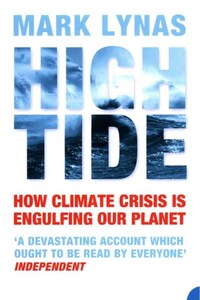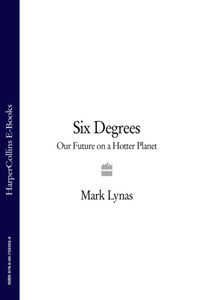Carbon Counter

What effect are you having on the environment? If you buy Kenyan green beans what is the CO2 cost? What about your journey to work, your fridge or your clothes? The Gem Carbon Counter is your portable instant green reckoner.This handy little book includes:• Introduction by Mark Lynas author of Hide Tide: News from a Warming World• Welcome to the Greenhouse: Explains what the Greenhouse effect actually is, all the issues surrounding global warming and your carbon footprint?• Your Carbon Footprint: Measure your own carbon footprint covering all aspects of your life from your food shopping to your work, holidays and clothes. Starting with your home gas and electricity supplies and usage, the handy green reckoner takes you through each part of your life and helps you add up the impact you are making on the environment. So, in turn, it allows you to identify the key parts of your life which you’ll need to adapt to reduce your carbon footprint: from which coffee you drink to how often you go on holiday.• Sustainability: How do you measure up in comparison to the average person’s carbon footprint? What can you do to generate your own energy and therefore reduce your footprint and what sort of targets can you set yourself?• Helpful Appendices: Includes information on carbon emissions for journeys by car, train and plane. A list of corporate companies, their emissions and what they are doing to reduce their carbon footprint so that as a consumer, you can make decisions on who you support. A helpful carbon diary where you can record your carbon footprint for the year. Useful websites where you can read more about green issues.










